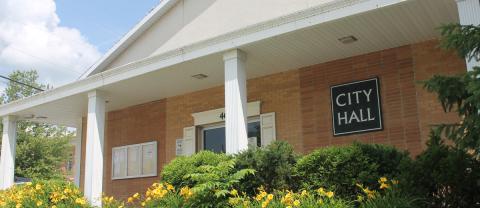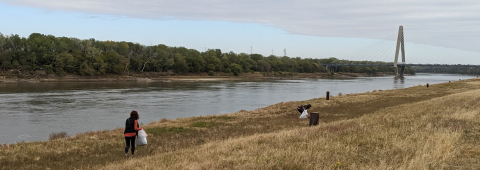Many Essential Workers Have Limited Housing Options is a data story crafted by the Regional Housing Partnership (RHP) to illuminate workforce housing challenges in the Kansas City metropolitan region, and to spur discussion about where and for whom these challenges are the most pressing. The piece focuses on several essential occupations our communities rely on to keep our neighborhoods healthy and thriving.
The content of this data story builds upon the First Suburbs Coalition Regional Housing Summit Summary Report from 20191 (“the 2019 report”). Both pieces discuss workforce housing in the region but approach the conversation in different ways.
The 2019 report uses the Urban Land Institute (ULI) definition of workforce housing as housing that is affordable to households earning 60% to 120% of the area median income (AMI). In 2020 dollars, this translates to between roughly $41,500 to $83,100. The data story focuses on individual salaries, assuming a single-earner household, and considers an annual income range between $25,900 and $75,400, using the median wages of workers in key essential occupations.
The data story also considers a broader geography, looking at the entire nine-county Kansas City metro, whereas the 2019 report explores the region’s first-tier suburbs2, but does not look at the core portions of Kansas City, Missouri, and Kansas City, Kansas, or rural areas outside of developing suburbs. While the 2019 report focuses on a more precise geography and individual property parcels, the data story examines census tracts and counties.
Because of the differing levels of geography analyzed in both reports, the types of housing units and costs mapped are also different. The 2019 report maps the location of single-family homes in each jurisdiction participating in the study (“MARC Focus Area Communities”) that are affordable to households of different levels of income relative to the area median. The data story maps the proportion of units – both single-family and multifamily – in a census tract that are affordable to an individual in the targeted occupations.
The 2019 report shows that there are a very limited number of MARC Focus Area Communities where workers in occupations with median wages at the lower end of the ULI income range can afford the median-priced home or rental unit. The data story takes this insight a step further by allowing the reader to look deeper into a particular area or view the region as a whole and compare where communities are in relation to one another. The 2019 report also grouped communities into cohorts based on levels of income, cost of housing and direction of trends in income and housing costs to better promote collaboration on housing issues. The data story is a first attempt to reinvigorate these conversations and begin to address the issue on a metro-wide scale.
Despite methodological differences, both approaches reach the same conclusion. While housing options in the Kansas City region may still be affordable for people with incomes near the area median, housing choices for those earning a lower income are limited. The lower the income, the narrower the choices. As the region works to increase opportunity for all residents, increasing the supply of affordable, quality housing options in more parts of the region is critical to make significant progress toward this goal.







